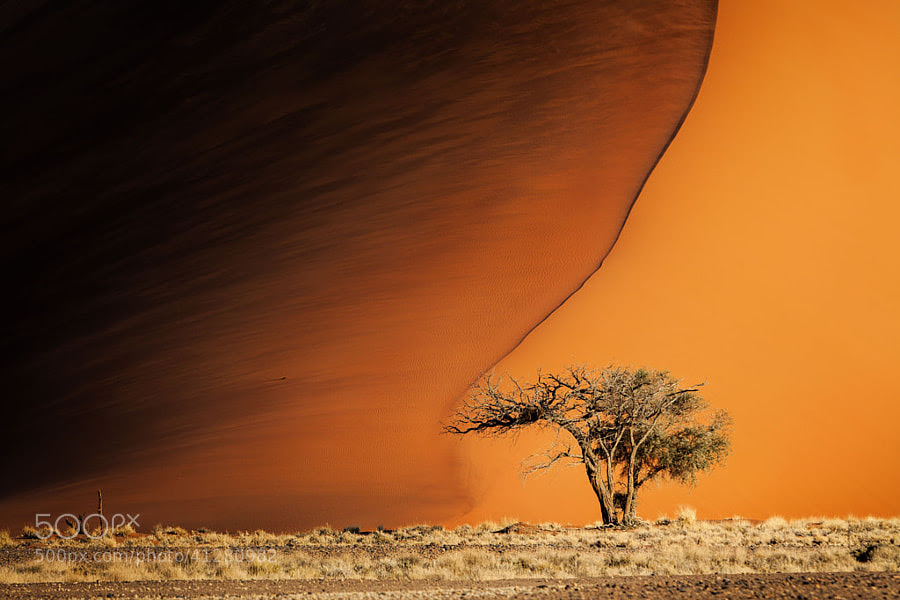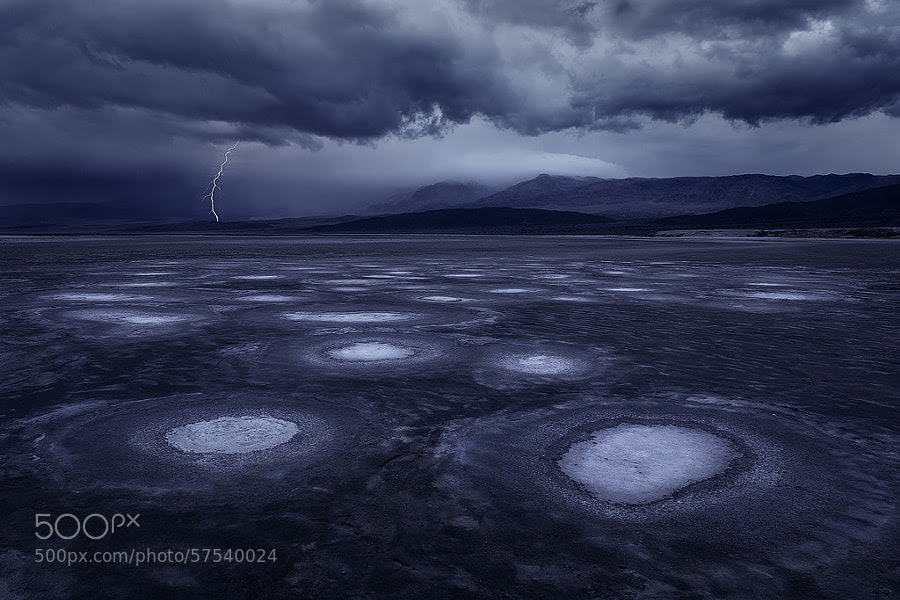Rani-ki-Vav :
Queen of Step Wells joins UNESCO
World Heritage List
On a recent work visit to Gujarat, I
had a spare day in hand at Ahmedabad and wanted to make the best use of
it. When my colleague Jagdishbhai
suggested that Rani-ki-Vav at Patan and the Sun Temple at Modhera could be
covered as a day trip, there were no two arguments. I had read about the splendour of Gujarat’s
famed step-wells and seen a short episode of Rani-ki-Vav on NDTV’s 7 Wonders of
India series. A quick Google search revealed that the Indian Government had
submitted Rani-ki-Vav for inclusion in the list of UNESCO World Heritage
Monuments. Rani-ki-Vav was also quite well promoted on television by Amitabh
Bachhan in the Gujarat Tourism’s ‘Khushboo
Gujarat ki’ campaign.
After a two hour drive through a well
paved road, going past Kalol, Unjha and Mehsana, we arrived in the bustling
little town of Patan, once the capital of Gujarat. Even as the sun played hide and seek, we
reached a large ground with a vague board of Archaeological Survey of India (ASI)
that announced the step well. But we
could see nothing, except vast stretches of well mowed lawn, with shady trees
in between. That was because the
master-piece lay underneath.
This subterranean splendour, better
known as Rani-ki-Vav is about 64 metres long, 20 metres wide and 27 metres
deep. It was originally constructed of
seven stories of which five are now preserved.
As we kept going down the steps, we found ourselves in a different world. The next one hour was pure bliss.
Rani-ki-vav is a highly decorated
monument with ornamented panels of sculptures and reliefs representing the
height of Maru-Gurjara style of architecture. Most of the sculptures are in
devotion of Vishnu, in the forms of Dashavatar, with eye-catching images of
Varaha, Narasimha, Rama and Kalki. There is a particularly beautiful statue of
Mahishasur-Mardini -the Mother Goddess slaying demon Mahishasur. Apsaras – the
celestial beauties showcasing 16 different styles of makeup (Solah Singar) is
another highlight. Near the water
level, you come to a carving of Sheshashayi Vishnu, in which the lord reclines
on the thousand-hooded serpent Shesha.
Till 2001, the visitors could go right
up to the end of step-well where the water is. But during the Bhuj earthquake,
the structure became somewhat weak and the ASI has now prohibited entry beyond
a point. But this decision, in no way
hinders you from viewing the delicate works that depict rhythm, beauty and
various moods, all in stone.
The intricacy of this monument at once
reminds us of the sanctity our ancestors attached to water. The Vavs of Gujarat are not merely sites for
collecting water and socialising, but also hold great spiritual
significance. They were originally
constructed quite simply as kunds,
but became more intricate over the years, perhaps to make explicit this ancient
concept of the sanctity of water.
Befetting its name, Rani-ki-Vav is considered to be the queen among step
wells in India.
While
we have innumerable monuments built by Kings in memory of their queens,
Rani-ki-Vav is different. It is believed to have been built by Rani Udaymati, in memory of her
husband Bhimdev I, the founder of the Solanki dynasty of Patan. The
construction began in 1063 AD and continued for several years. A reference to
Udayamati building the monument for Bhimdev I is in the ‘Prabandha Chintamani’, composed by Merung Suri in 1304 A.D. The Vav was later flooded by the Saraswati
river and silted over until 1960s, when it was excavated by the Archaeological
Survey of India. It is estimated that
Vav had nearly 800 sculptures of which approximately 500 are found in pristine
condition.
Rani-ki-Vav is a well preserved
monument and ASI deserves to be complimented for the good work. Besides
continuing the conservation efforts, ASI has also got the monument digitally
mapped with the Scottish help. The
detailed 3D digital survey prepared by the Scottish Ten Initiative will help
better understanding of the heritage monument and aid its preservation.
Rani-ki-Vav has always been a pride of
Gujarat. It was in 2012 that an ASI team led by
former Superintendent Archaeologist of Vadodara Circle, K C Nauriyal, had
prepared a dossier for the step-well for UNESCO’s approval.
UNESCO’s WHC advisory team, led by Professor Zhang Jie of Tsinghua
University, China, visited Patan and conducted detailed study of the
monument. It even talked to
locals on how they perceived the step-well and what it meant to them.
Finally, on June 22,
2014, UNESCO’s World Heritage Committee at its 38th session in Doha
inscribed ‘Rani-ki-Vav’ as a World Heritage Monument. UNESCO
observed “stepwells are a distinctive form of subterranean water resource
and storage systems on the Indian subcontinent, and have been constructed since
the 3rd millennium BC.
They evolved over time from what was basically a pit in sandy soil towards
elaborate multi-storey works of art and architecture. Rani-ki-Vav was built at
the height of craftsmens’ ability in stepwell construction reflecting mastery
of this complex technique and great beauty of detail and
proportions.”
Within minutes of Rani Ki
Vav being added to the UNESCO World
Heritage list, Prime Minister Narendra Modi tweeted “It is a matter of great pride for us. Next
time you visit Gujarat, you must visit Rani Ki Vav, an excellent symbol of our
great art and culture.”
Surely, when you
emerge out of Rani-ki-Vav, you return with a whole new understanding about
wells. That wells are not always dark, deep and mysterious; in Gujarat they are
also exquisite monuments. And in case of Rani-ki-Vav, a living testimony to the
artistry of 11th century Solanki artisans.
Visiting Patan :
Patan is approximately 125 kms from
Ahmedabad via Mehsana. Inter-city buses
take about 3.5 hours, while a private taxi takes you there in less than 2.5
hours. Shared jeeps are also available,
but they are less comfortable. Nearest
railhead is Mehsana, from where you will have to travel by road.
It is best to visit Patan as a day trip
from Ahmedabad, combining the famous Modhera Sun Temple, also built during the
11th century.
Manish Desai is Director (Communication) at PIB Mumbai
Photo courtesy : author and ASI.



































